

CarExpert.com.au
The CarExpert team's favourite cars of 2025
3 Days Ago
Now that the ‘new’ Mazda 3 has become more familiar with time, does its forward-thinking and upmarket spin still impress against the ever-changing small car landscape?
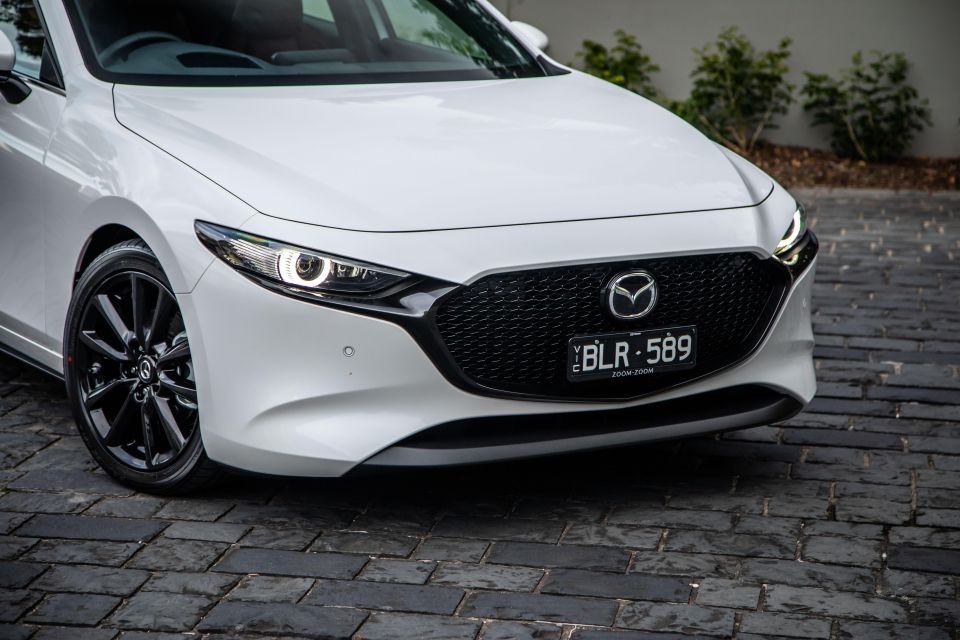
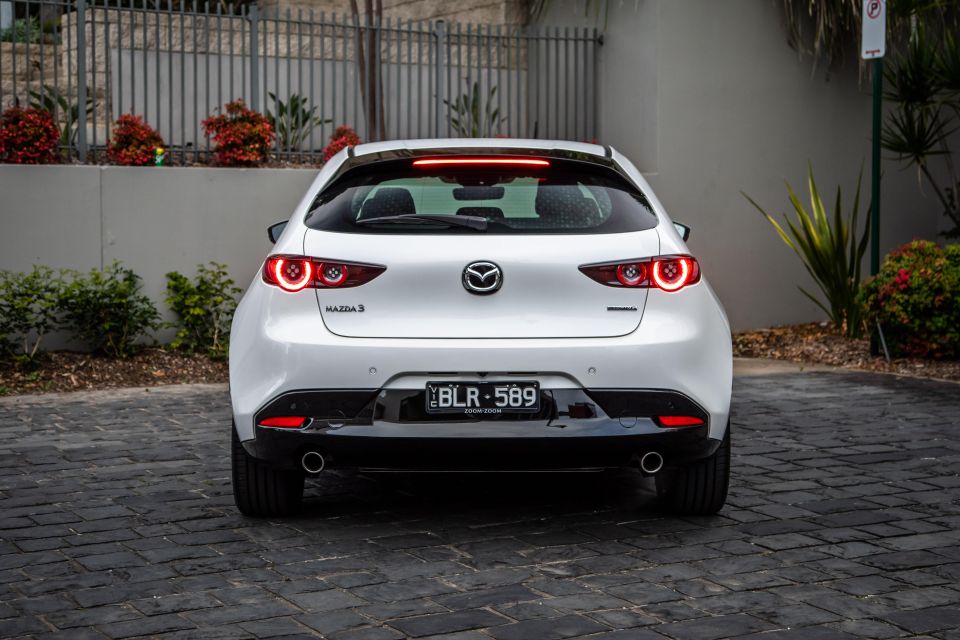

Journalist
New from
$38,790
excl. on-roads

Journalist
New from
$38,790
excl. on-roads


Journalist
New from
$38,790
excl. on-roads

Journalist
New from
$38,790
excl. on-roads
Quickly see how this car stacks up against its competition. Select any benchmark to see more details.
Where expert car reviews meet expert car buying – CarExpert gives you trusted advice, personalised service and real savings on your next new car.
I still remember the moment, a couple of years back, that I first copped an eyeful of the current Mazda 3 at close quarters, both outside and in. It made for a good podcast experience at the time, caught live in the freshest seat of the pants impressions. I recall many positive superlatives.
We’ve been here, with the 2021 Mazda 3 G25 Astina Hatch, before. Last year, in fact, where our sharp-looking grey and black 2020 model scored an impressive 8.2/10 overall rating, where Paul Maric surmised its maker had achieved “a big step forward (in the) tech and styling fronts” with what was an “impressive machine”.
Indeed, the small Japanese hatch in Astina trim packing G25 motivation makes a strong first impression. A year without much change in spec and trim within the interim, and with a larger price tag, have those feel-goods got staying power?
A number of newcomers and fresher-faced alternatives have lobbed in the past 12 months, and while direct comparison testing beckons let’s spare a moment to see how the high-spec 3 hatch fares on singular merit now the new car smell has faded.
One of the big shockers with the current Mazda 3’s arrival was the jump in price – more than a $5000 increase in base trim – to compliment the move from a somewhat price-lead proposition to the ‘semi-premium’ tier Mazda hoped its fetchingly-styled successor might comfortably sit.
As we’ve reported prior, the shift to 2021 plating brought with it a further price-hike, if a comparatively nominal one of between $100 and $200 in somewhat unprecedented times where anything you might name as copped a stiffer ask.
The current 2021 range tips in at $25,590 before on-road costs for the G20 Pure and tops out with the X20 Astina M Hybrid at $40,790 list, though the subject of our review here is the G25 Astina Hatch auto clocking in at $38,790 before on-roads – a $200 hike on 2020 – or $42,637 drive-away using Mazda’s online advice.
Take $1000 off if you prefer to change gears yourself with a manual transmission.
So what of competition that’s surfaced in the past 12 months? Fresh off the boat at the time of review is, of course, the new eighth-generation Volkswagen Golf R-Line ($37,450) and the newly-revised Kia Cerato GT ($35,290).

The Hyundai i30 N Line has had a bit of a shake up, with updates to the Premium hatch version ($34,220) and a brand-spanking Sedan N Line Premium in pricier ($37,290 list) guise targeting the Mazda 3 Astina Sedan (same pricing as the hatch).
Ford’s Focus Titanium has left the fray but an inspired buck-banging alternative is the rather fetching and thrifty ST-Line warm hatch (just $29,490).
Further afield, alternatives such as Honda Civic Hatch VTi-LX ($35,790), Skoda Scala Monte Carlo ($33,390) and the Subaru Impreza 2.0i-S ($31,490) all make the high-spec Mazda appear pricey, not to mention the hugely popular stalwart benchmark that is the Toyota Corolla, which can be had in ZR petrol ($32,695 list) and ZR Hybrid ($34,695) forms.
Kudos to Mazda for not charging for a choice of five different metallic and mica paint finishes, including our Snowflake White Pearl Mica hue providing the inescapable Imperial Stormtrooper aesthetic. Finishes such as Soul Red Crystal, Machine Grey, and Polymetal Grey command an extra $495. On colours, there’s a choice of Burgundy or Black interior schemes at no cost variation.
Not fancy enough for you? Alternative silver and satin chrome rim designs can be optioned for $1682.16 if you fancy black. The latter rim upgrade can also be had as part of the Kuroi Sport styling pack, at $4884.32, that also adds lower front, rear and side spoilers, a roof spoiler, and black mirror caps for added bling.
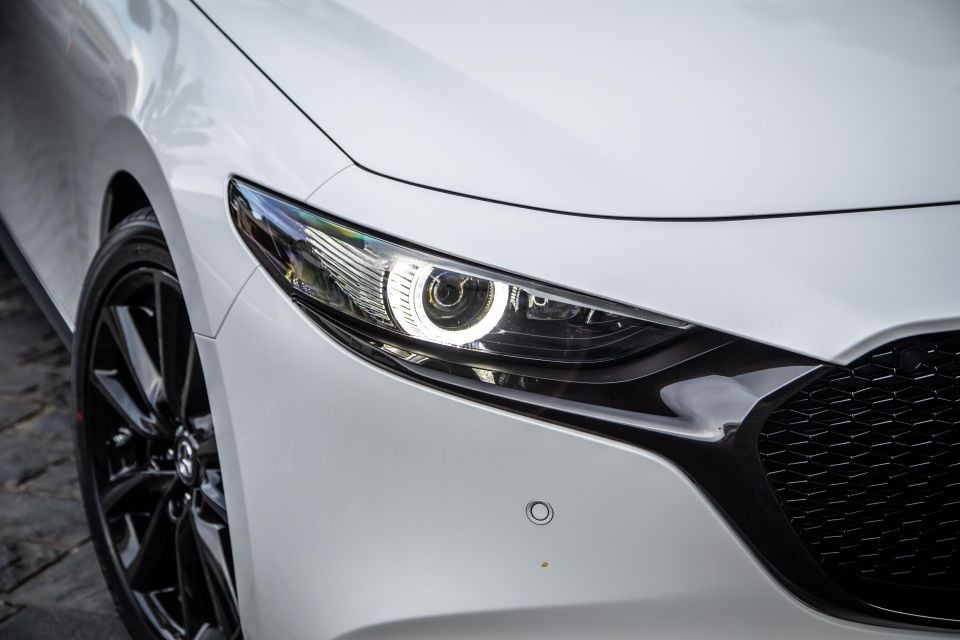
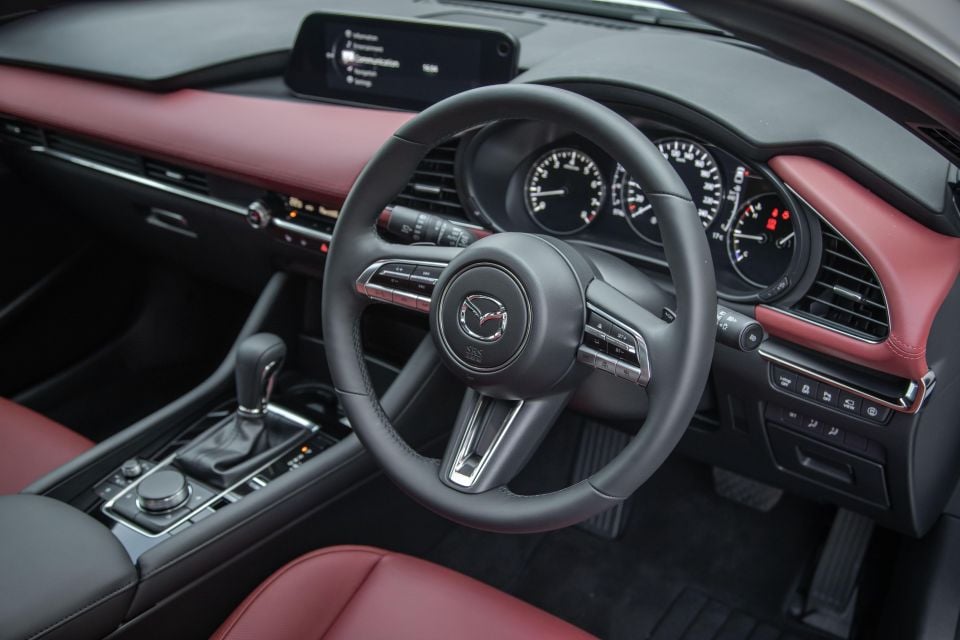
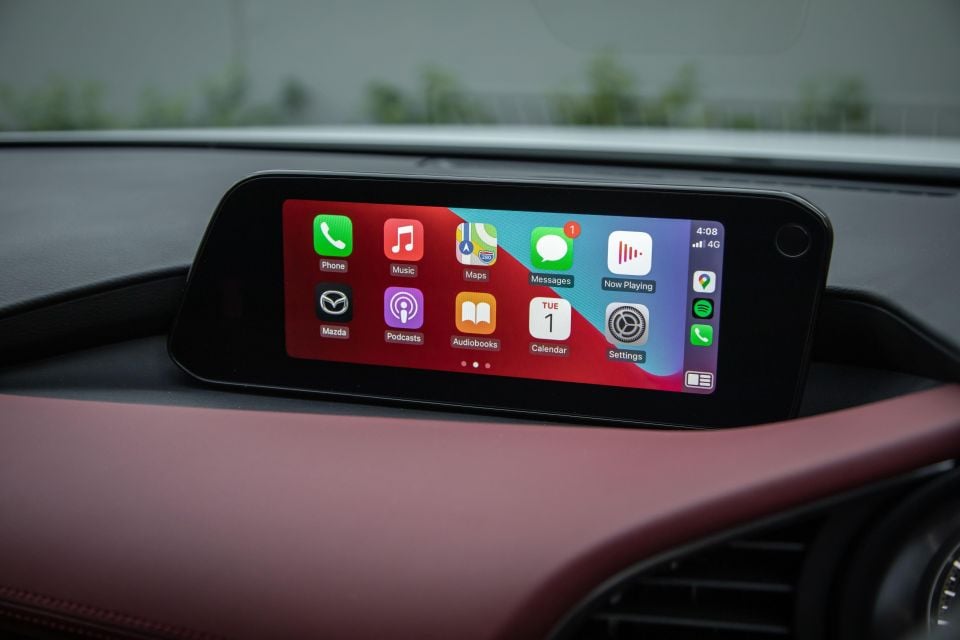

Buy your new car without the stress. It's fast, simple and completely free.

Great service from Travis and team, second time I have used this business would not hesitate to recommend them to anyone
Craig C.
Purchased a Ford Ranger in Sunshine Coast, QLD
CarExpert helped Craig save thousands on his Ford Ranger, now let us save you on your next new car.
Find a dealOutside, the Astina hatch brings black 18-inch alloy wheels, adaptive LED headlights with auto on/off function, heated and power-folding mirrors with driver’s side auto-dimming, rain-sensing wipers, a power sliding and tilting sunroof, as well as front and rear parking sensors.
Inside, fitment includes leather trim, 10-way power driver’s seat adjustment, front seat and wheel heating, 7.0-inch LCD screen in the analogue cluster, dual-zone climate control, an auto-dimming rear mirror, one-touch power windows all round, a head-up display, keyless go, an electronic park brake and 12-speaker Bose audio.
Cruise control is radar-based and adaptive. The spare wheel is a 16-inch space saver type.
Infotainment is comprehensive, including proprietary sat-nav, DAB+, wired Apple CarPlay and Android Auto compatibility, and offers a dedicated rotary console controller – though the 8.8-inch screen is a display rather than a touchscreen type. The 360-degree camera system offers multi-angle viewing including dedicated forward and reverse perspectives.
Fully loaded? You bet.
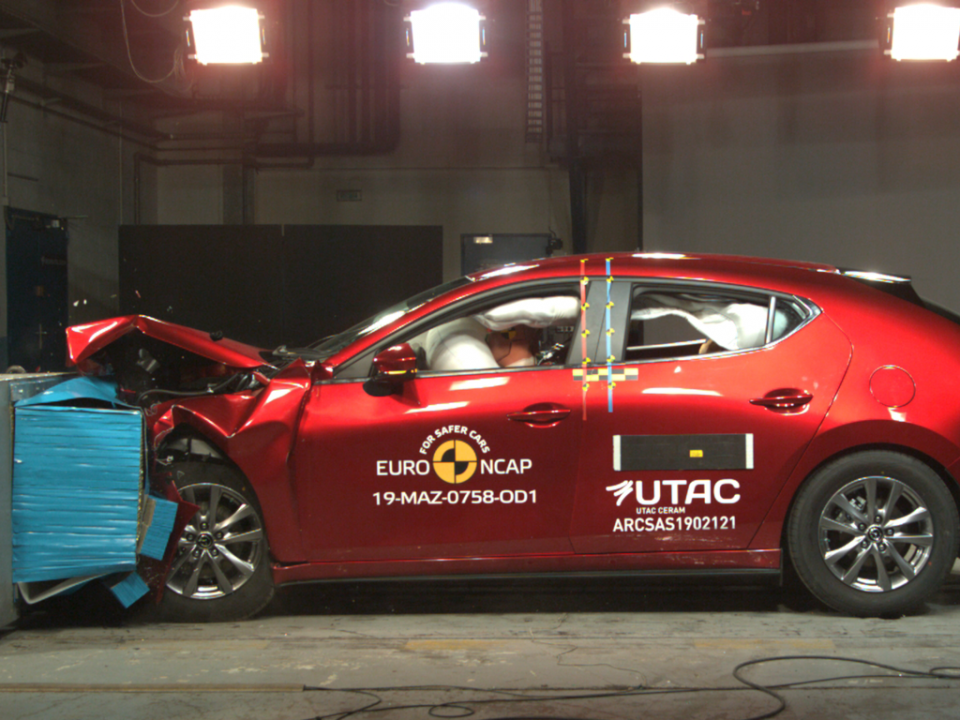
The Mazda 3 range was awarded a five-star ANCAP rating in 2018, scoring 98 per cent for adult and 89 per cent for child occupant protection, 81 per cent for vulnerable road user protection, and 76 per cent for safety systems.
That said, the Astina has a nifty reversing AEB system to support the typical forward AEB with cyclist and pedestrian detection, front and rear cross-traffic alert, forward obstruction warning, lane departure warning and lane-keep assist, driver monitoring and driver attention alert, and traffic sign recognition.
Seven airbags (including a driver’s knee bag) as well as ISOFIX and top tether child seat anchor points are fitted.
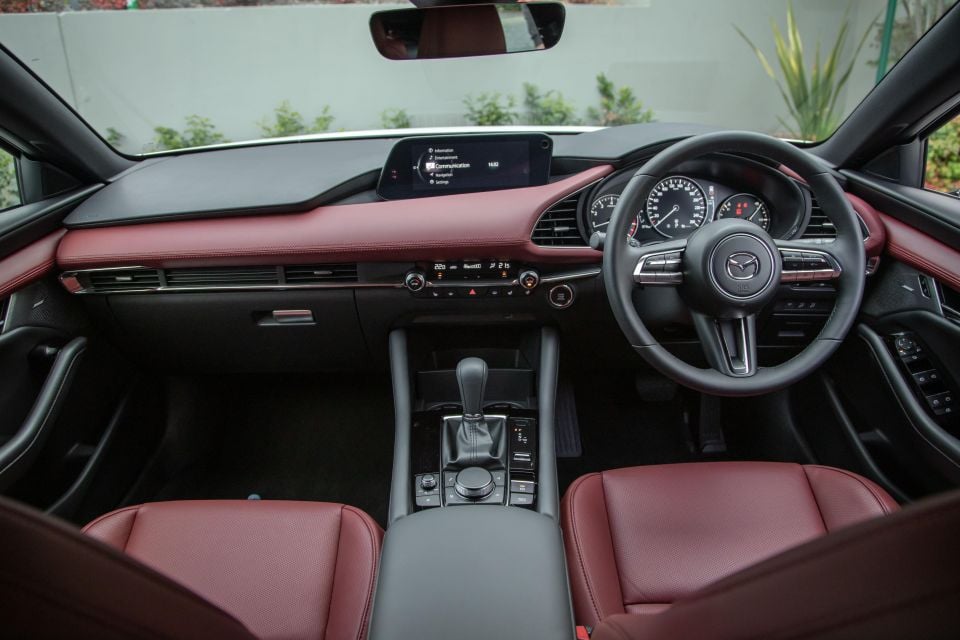
If presentation counts for anything then Mazda has given the new 3 and its flagship Astina grade everything. Well, almost…
The modern, minimalist design remains super fresh and hugely appealing, but it’s not merely form over functionality.
Mazda designers have gone to great pains to produce a cabin that not only looks incredibly smart but is ergonomically high-brow. Everything on the slick and lovingly trimmed wheel, which almost appears oversized for the cabin’s packaging and proportions, falls to neatly to hand wherever you decide to reach or touch.
The Mazda 3 renaissance is as much about cabin design as it is anything else. If there’s a cross to bear, here, it’s that conspicuous uplift in the small car range does make other Mazda lines – particularly stuff like the ageing MX-5 – feel old hat.
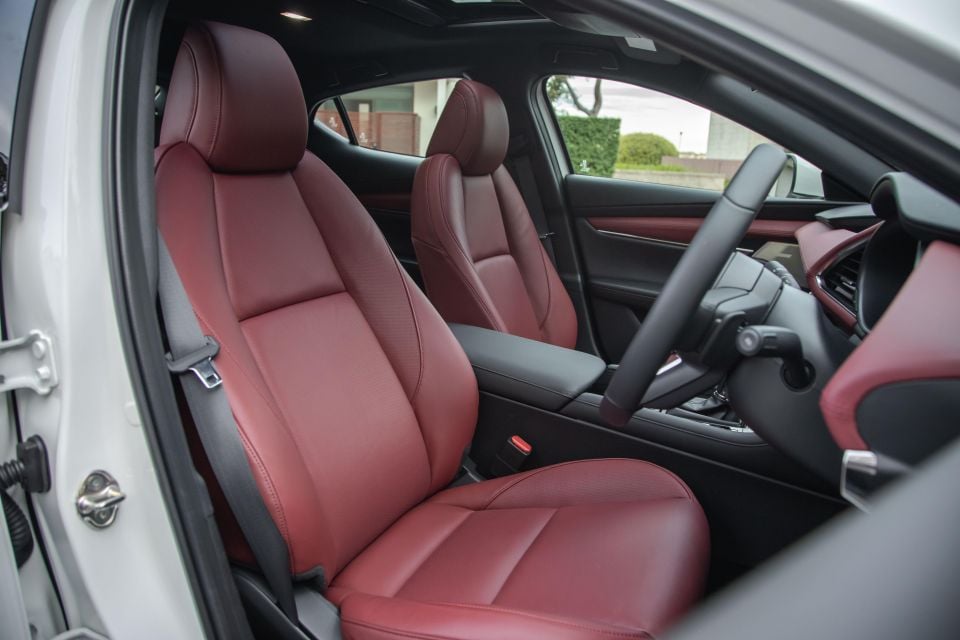

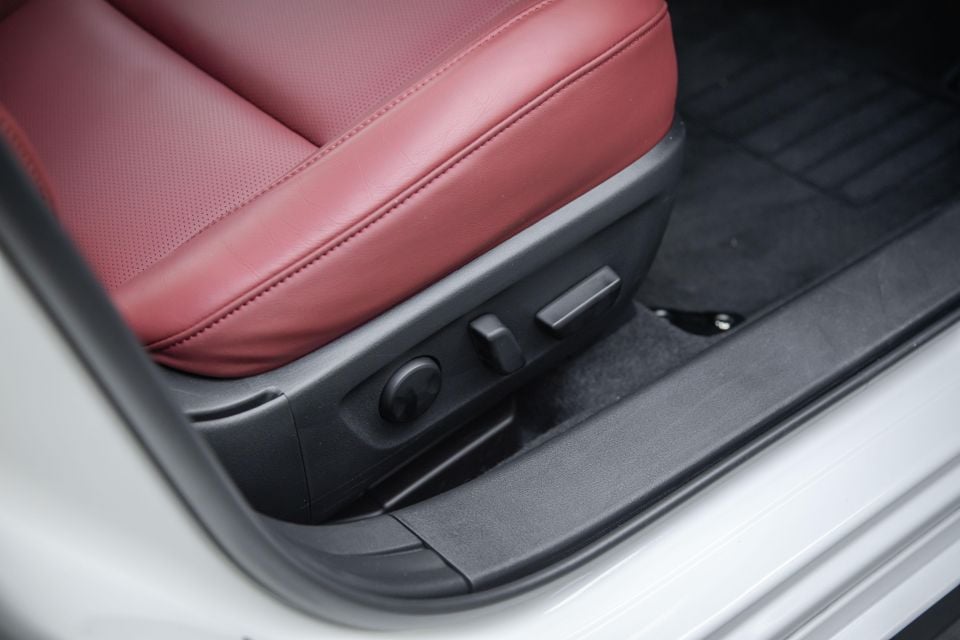
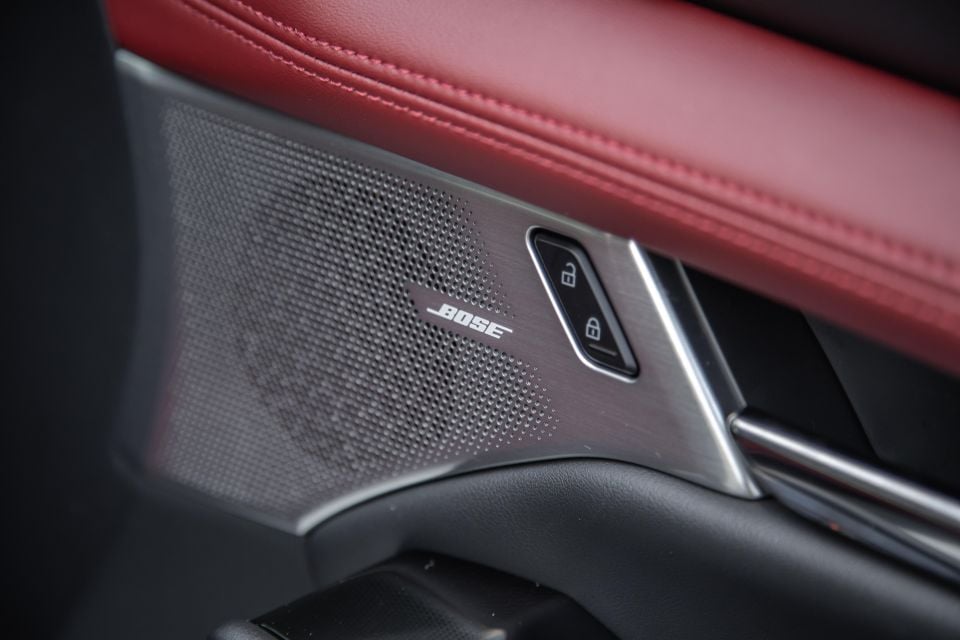
Thing is, Mazda doesn’t currently have a premium marque forcing design conservatism in its mainstream brand. Designers are therefore free to be as upmarket as they like, and that’s evident with the treatment applied to Mazda 3 inside and out.
Deft material choice, and mixture, does the Astina many favours, including the complex surface array on the door trims or the soft-touch dash fascia. That designers have resisted the urge to make the cabin space overly fussy for the sake of it really brings a sense of class to the ambience. The burgundy trim, too, is certainly pick of the two available schemes, if only because it brings an innate richness and sense of celebration over the dour black alternative.
The front seats are excellent and the driving position suitably sporty, the instrumentation is clear and quick-glance legible. Nor does the TFT-analogue blend of the instrument cluster in any way seem low-rent compared with the fully-digital trickery creeping into mainstream small cars.
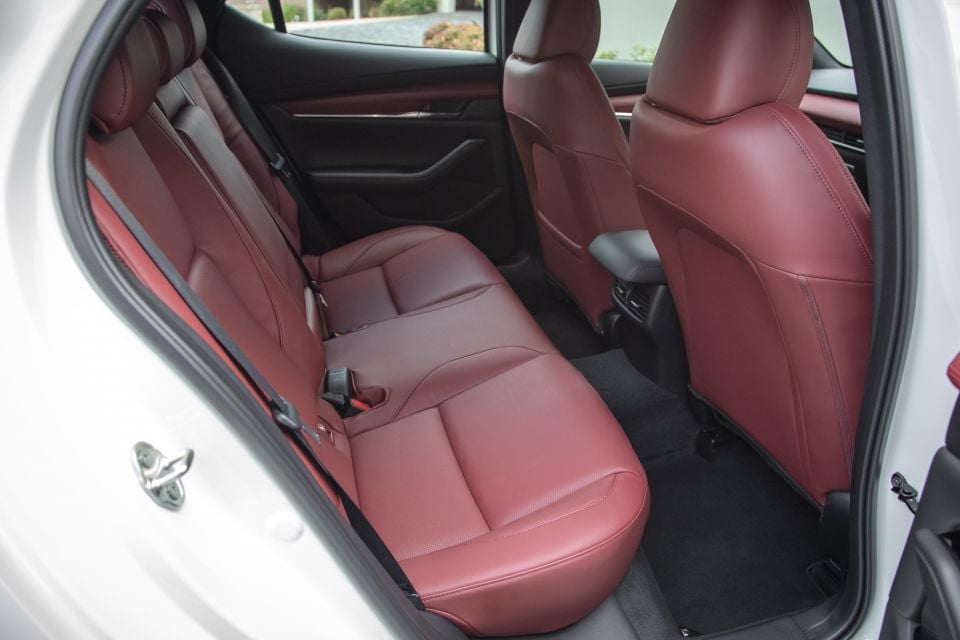
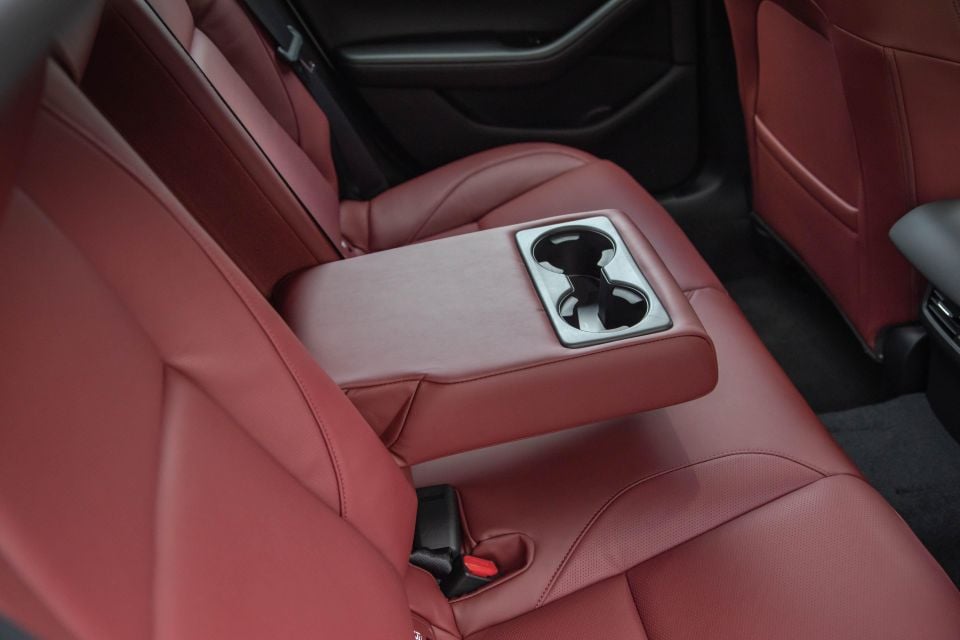

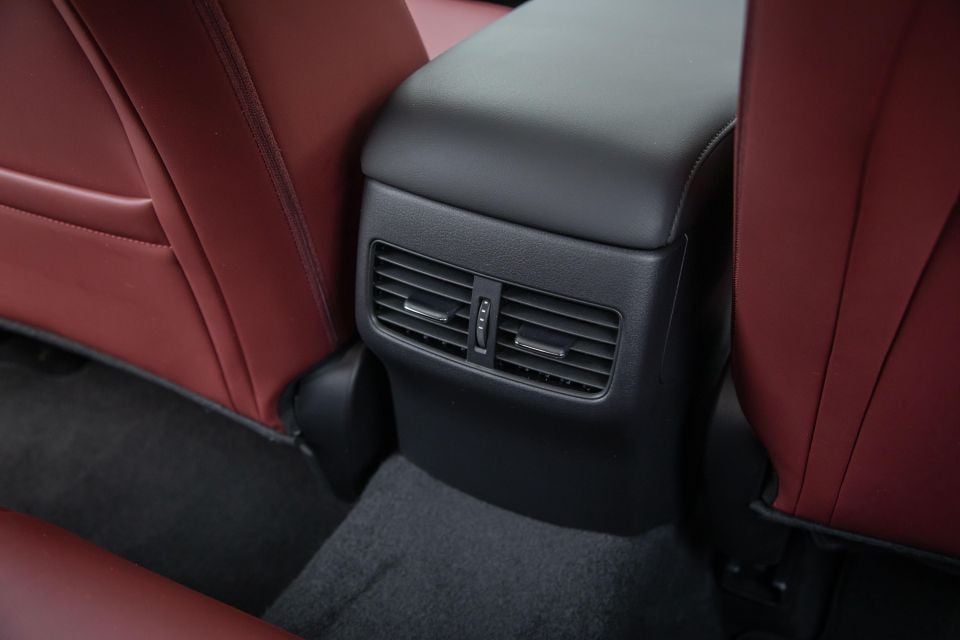
Perfect? No it’s not. There’s no inductive phone charging where there perhaps should be for this sort of money. And the Bose audio system isn’t quite the luscious ear candy you might be expecting. But if there’s one bugbear in the cabin it’s the smartphone mirroring format.
Japanese carmakers often tend towards one of two infotainments formats aimed at augmenting safety: locking out touchscreen interface while the vehicle is moving (a-la Toyota/Lexus) or not providing touch interface at all, such as here in Mazda 3. Apply mirroring technology to one wholly dedicated to touchscreen usability, such as a smartphone, and it’s an absolute mess.
Trying to navigate Apple CarPlay with a rotary-type console controller is rubbish. Especially, say, negotiating Spotify play lists one moment and attempting to zoom on a sat-nav map the next. It’s so clunky, so distracting and at times so frustrating it becomes inherently far unsafer to use than what is perhaps intended. It needs a touchscreen, with no lockout.

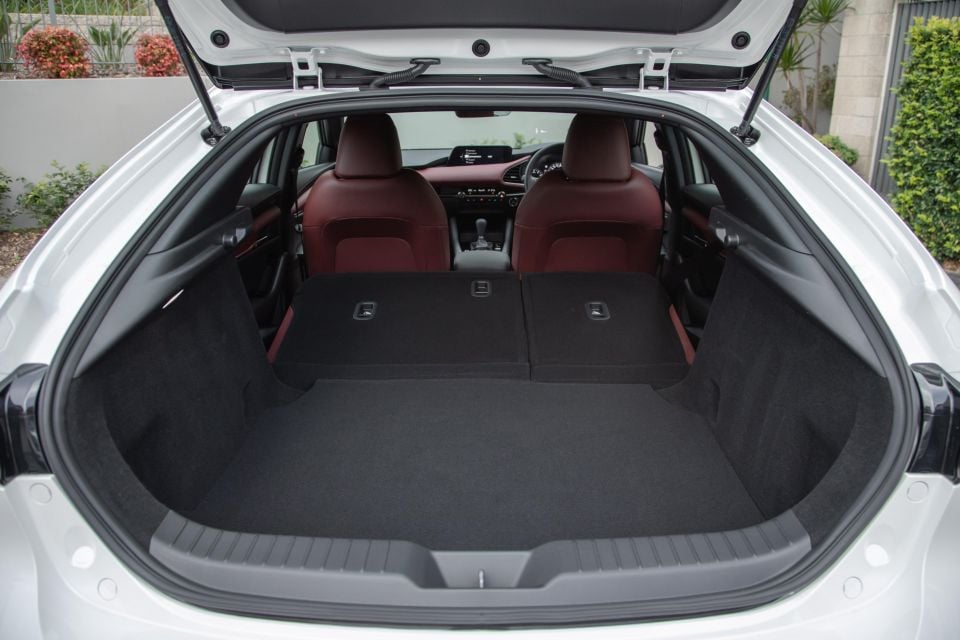
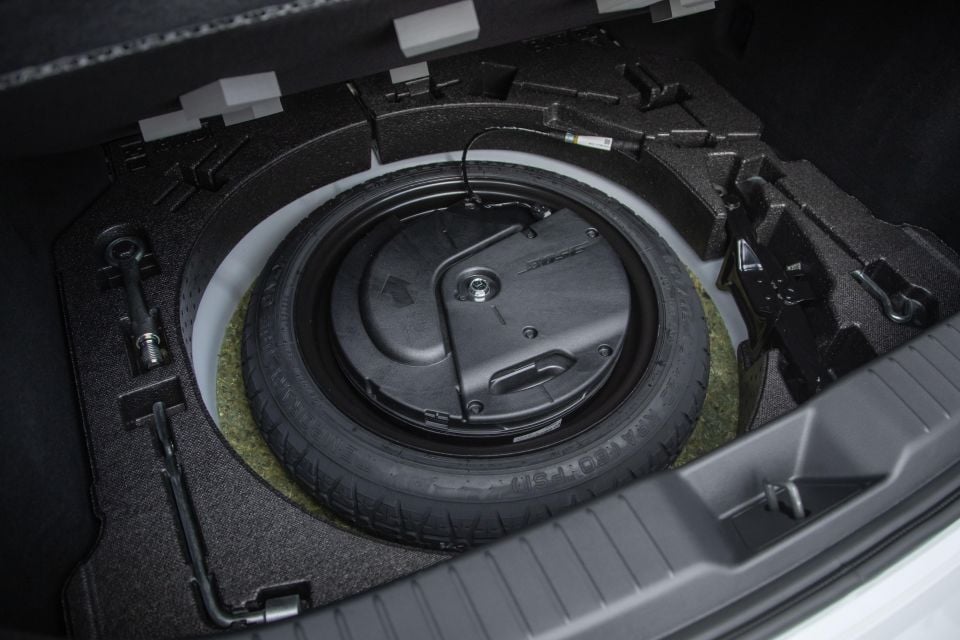
More pleasing is that the high level of presentation and richness extends through to the second row – seemingly small stuff such as the full-trimmed front seat backs makes all the positive difference. Too many mainstream vehicles skimp on the rear accommodation and it’s good to those in back aren’t treated like second-rate occupants.
It is, though, quite claustrophobic in row two, which is hardly the last word in leg room and the ambience hobbled somewhat by the high-sweeping window line that doesn’t do outward visibility, particularly for younger kids, much favour. Air vents are a good inclusion but the lack of device power is a bit of an oversight.
There’s 60:40 rear seat split-folding for decent load through but as a five seater – or realistically a four-adult prospect – the 295-litre bootspace is a bit skimpy. It is, however, fully carpeted and offers useable square floor space and a high rear lip, while under the floor sits a space saver spare.
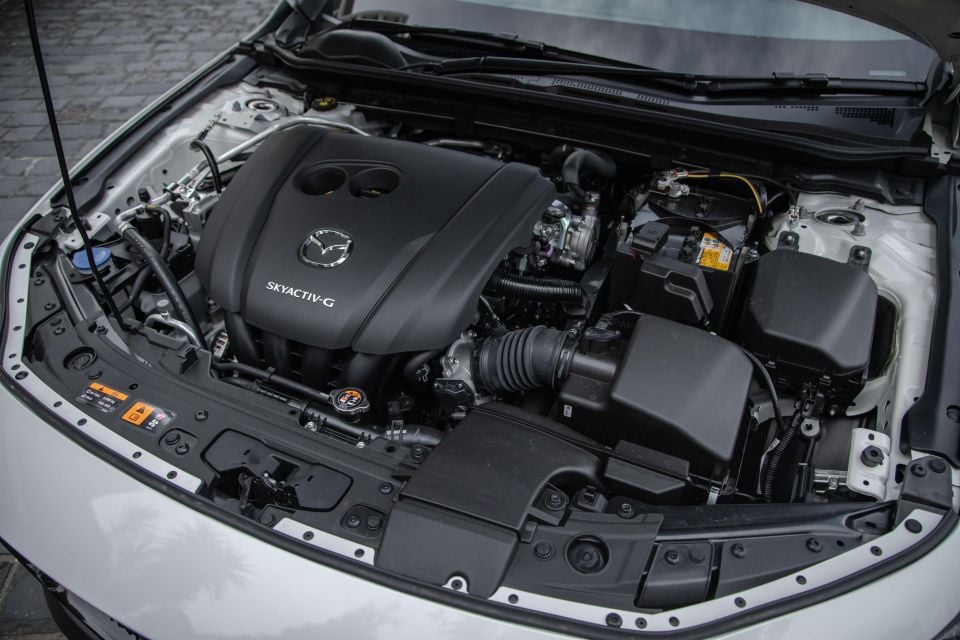
The ‘G25’ part of the nomenclature refers to the 2.5-litre engine capacity, the ‘big’ long-stroke engine in the range offering 139kW at 6000rpm and 252Nm at 4000rpm.
Despite the high 13:1 compression ratio it runs happily on 91RON or E10 fuel and offers cylinder deactivation as well as stop-start smarts.
The engine is paired with a conventional six-speed automatic transmission – a welcome alternative to the CVTs offered elsewhere in its segment – though, as mentioned above, you can opt for a six-speed manual if you prefer three pedals and want to swap ratios the old school way.
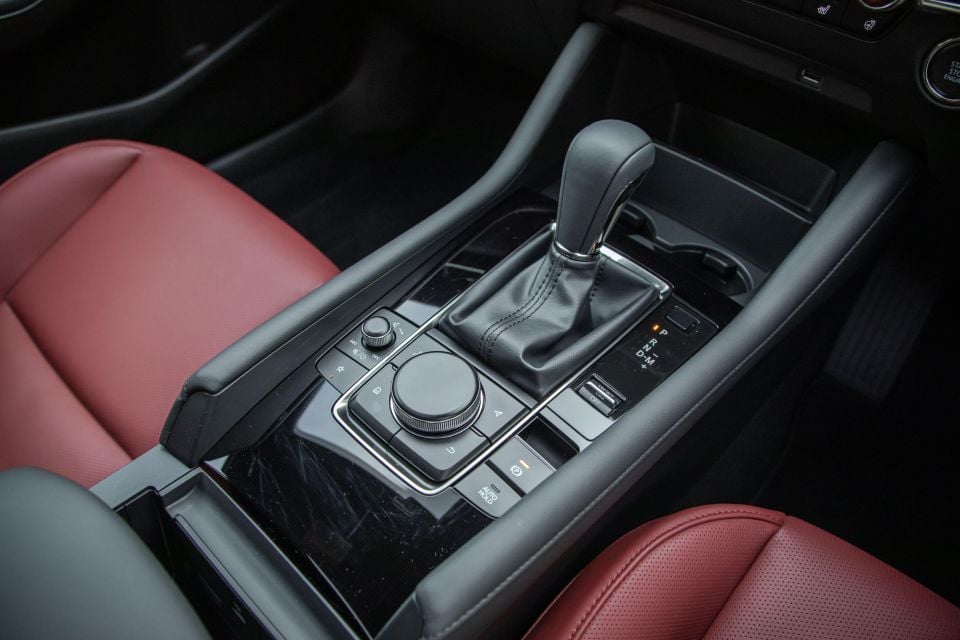
Combined claim consumption is 6.6L/100km and it’s certainly quite an efficient powertrain on paper, though the engine itself is merely Euro 5 compliant. Consumption climbs to 8.6L claimed around town but drops to an advertised 5.4L on the open road. The tank measures 51 litres.
Somewhat surprisingly, the passive suspension adopts a torsion beam rear design rather than the more sophisticated multi-link type, which is a bit of a technological letdown given the price.
Tyre width is fairly narrow if typical-for-segment 215mm while the turning circle is a fairly concise 10.6m in diameter.
Performance? Mazda doesn’t advertise any claims, though the Astina auto’s 1380kg kerb weight lends the suggestion that it should make decent haste on a march given the engine outputs are healthy, even if peak torque is high in the rpm range.
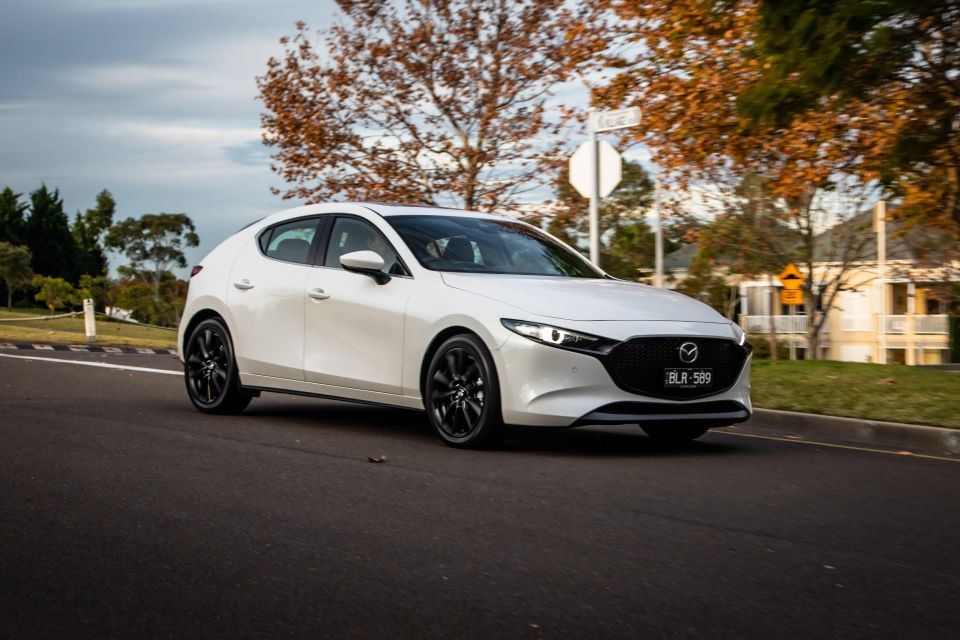
One topic much talked about of late has been turbocharging: specifically, the lack of it in Aussie-spec Mazda 3s. It’s becoming a spectre that looms about the subject of the Mazda’s small-car experience on road, even if what it’s actually got is, for the most part, fairly decent.
The 2.5L four-pot has a typical naturally-aspirated character that’s quick in response if lacking a decent low-range shove as backup. It doesn’t lack for energy, per se, but it does make smooth driving off the mark more concerted than it ought to be.
As noted in past reviews, the inclusion of the conventional six-speed auto is nigh on a godsend, if mostly because the engine can make a bit of a racket under full load and you wouldn’t want the CVT to pin 4000rpm hard and long in your ears.
As a powertrain marriage it’s smooth and quite refined, save for a strange and fairly faint buzzing vibration at a standstill with the transmission in drive, which is borderline annoying.
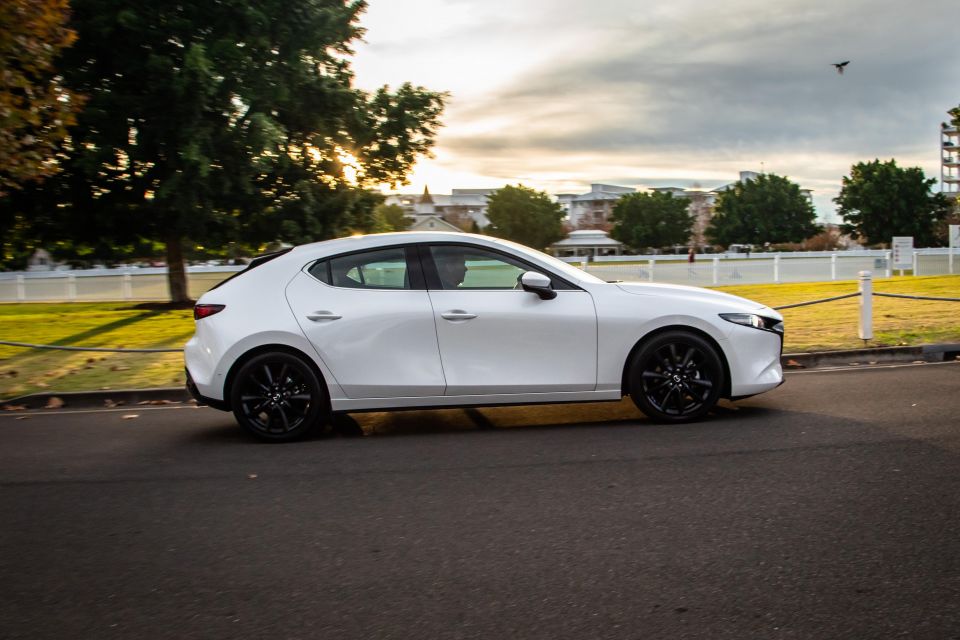
There’s a Sport mode to sharpen its senses and tighten the muscles, but given it makes throttle response perkier without injecting much in the way of extra tractive effort does leave it feeling a fit flustered and less useful than you might expect.
Despite the lack of surly force-induced torque, our test car was prone to wheelspin in the wet without much provocation. Those Toyo Proxes tyres might seem fairly handy in the dry but the mixed-surface grip is questionable.
Regardless, there’s enough of a sporty wash about the on-road character to bring some enjoyment to commuting. The steering is nice and clear, the oversized wheel adds a sheen of input accuracy and delicacy, though the weight is a touch hefty and the rack ratio a little slow. It’s no deal-breaker, mind, if a noteworthy observation.

More critical is the ride. It does feel sharp at times, particularly over speed bumps, and there’s a surprising amount on suspension noise to go along with it.
Fidgety ride quality is a bit of a Mazda trait demonstrated widely throughout its stable, undoubtedly to inject a sporty feel to the drive, but fact is there are plenty of modern vehicles that can deftly blend ride and handling much better than this 18-inch-shod Mazda while adopting passive damping rather than adaptive smarts, as fitted here. Not bad, but not fantastic either.
That said, the new ‘3’ has made strides in improving noise, vibration and harshness minimisation over its forebear and still stacks up quite well. The efforts injected into the hatch do bring about a sense of premium-ness in the driving experience. There’s a real quality vibe to how it goes about traversing A to B patently lacking in some of its competition.
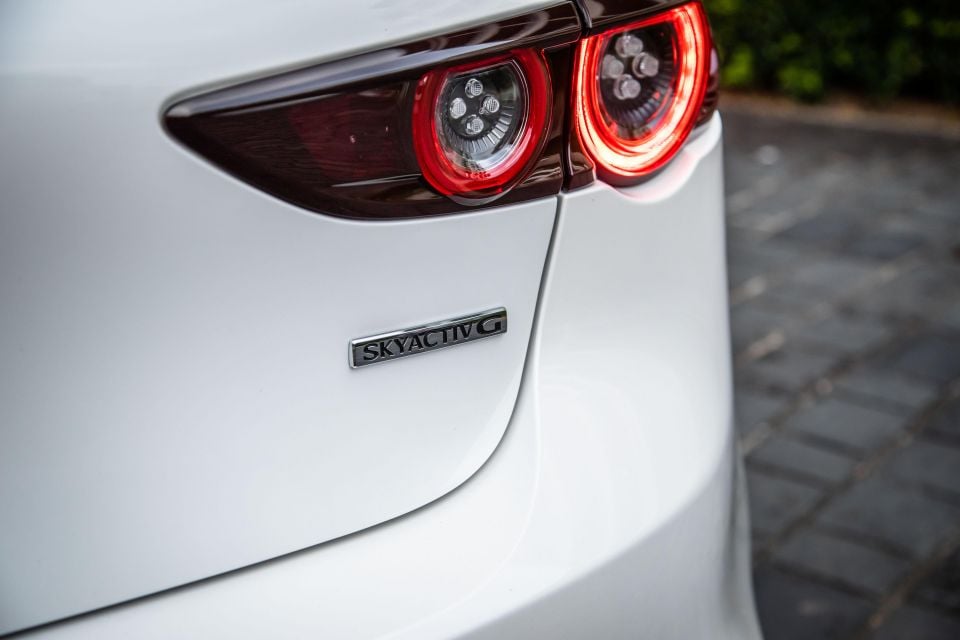
Where expert car reviews meet expert car buying – CarExpert gives you trusted advice, personalised service and real savings on your next new car.
Mazda offers a five-year, unlimited-kilometre warranty. Service intervals are 12 months or 10,000kms, which is fairly short mileage per visit and worth considering if you’re planning on clock up a lot of kays per annum.
Servicing costs are either $322 (first, third and fifth visits) or $367 (second and fourth visits), totalling $1700 over the first five years, averaging $340 per year.
That’s pricier than some of the small-car competition, more when you consider that, with 10,000kms, that amounts to a theoretical 50,000km range of capped-priced servicing coverage.
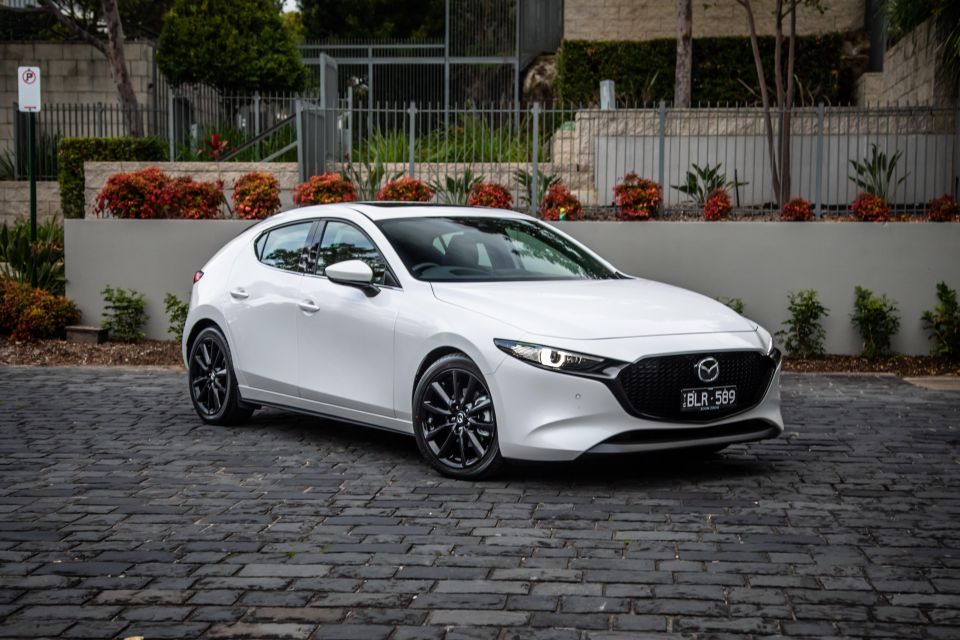
In many ways the Mazda 3 Astina is a cut above the average, particularly in presentation, the amount and types of kit offered, and the safety features and upmarket vibe. In other ways, it does look expensive to buy and to run as a naturally-aspirated prospect with less-than-perfect torsion beam underpinnings.
Thus, it’s a mixed bag of what you hope a semi-premium small mainstream hatch might represent and room for improvement, particularly on the topic of turbocharging and chassis sophistication.
Address those last two areas and the Mazda 3 Astina could have a fair shake at critically benchmarking its segment as a premium figurehead (if one still hamstrung by limited spaciousness and packaging).
But as it currently sits, and given there’s such a broad choice of trim and mechanical variation on offer, we’re more inclined to look further down the Mazda 3 range for its most compelling blend of quality and value.
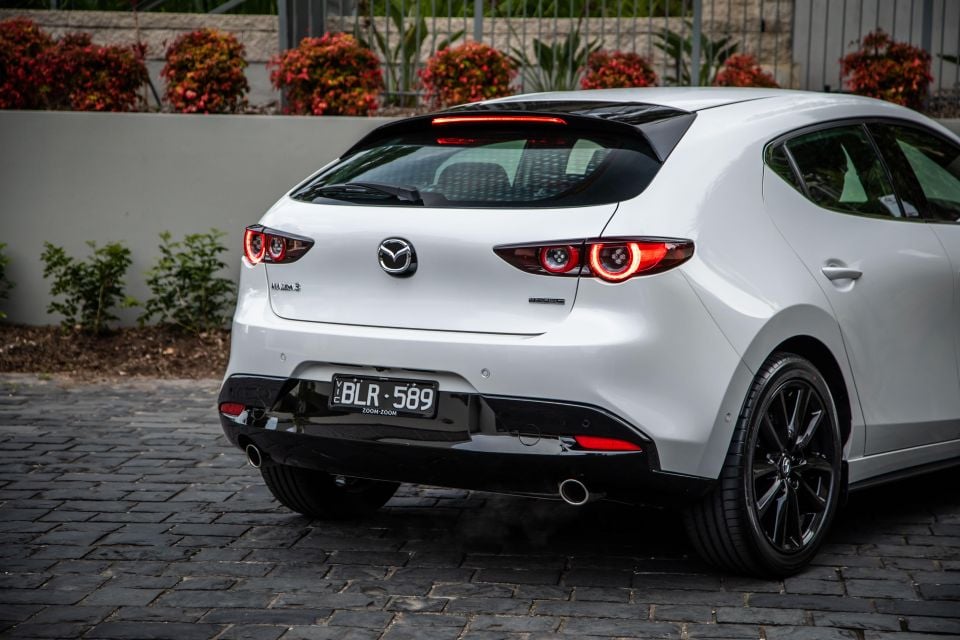
Click the images for the full gallery
Where expert car reviews meet expert car buying – CarExpert gives you trusted advice, personalised service and real savings on your next new car.


CarExpert.com.au
3 Days Ago


Damion Smy
5 Days Ago


Damion Smy
8 Days Ago
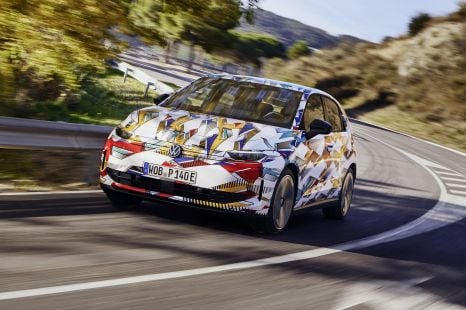

William Stopford
11 Days Ago
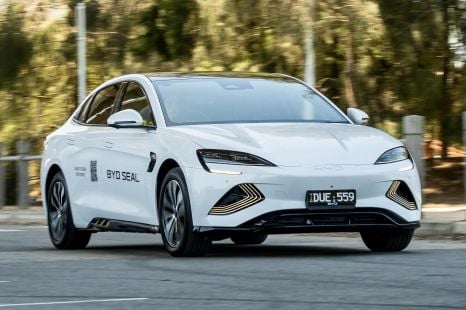

Max Davies
12 Days Ago
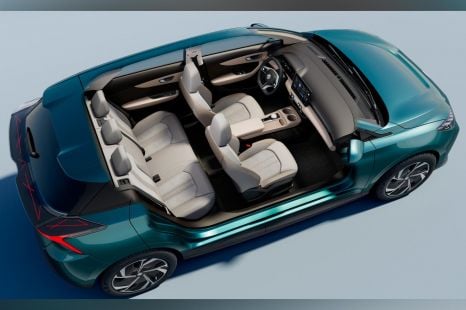

William Stopford
13 Days Ago